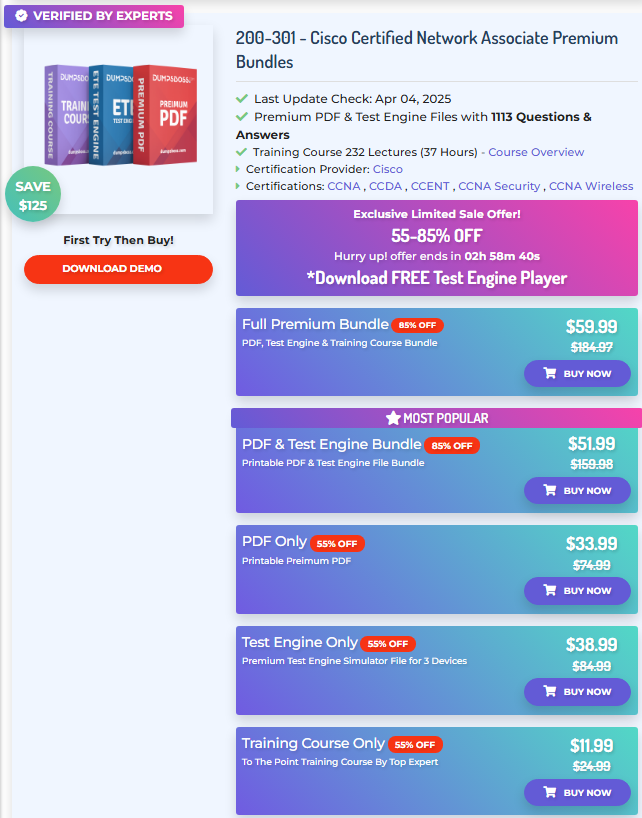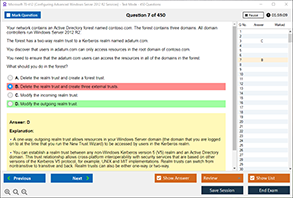Overview of the Cisco 200-301 Exam
The Cisco 200-301 CCNA exam is a foundational certification for networking professionals. It's designed to test a candidate’s understanding of core networking concepts, security fundamentals, IP connectivity, automation, and more.
Key Facts about the Exam:
-
Exam Code: 200-301 CCNA
-
Duration: 120 minutes
-
Format: Multiple-choice, drag-and-drop, simulation questions, etc.
-
Cost: Around $11.99 USD
-
Prerequisites: None, but basic networking knowledge is helpful
-
Recommended Experience: 1+ years of experience in networking
Main Topics Covered:
-
Network Fundamentals (20%)
-
Network Access (20%)
-
IP Connectivity (25%)
-
IP Services (10%)
-
Security Fundamentals (15%)
-
Automation and Programmability (10%)
Layer 2 switching and the concept of broadcast frames falls under Network Access, making it an important area for focused study.
What is a Layer 2 Broadcast Frame?
To understand how switches operate, it’s important to grasp the nature of a Layer 2 broadcast frame.
Layer 2 and the OSI Model
Layer 2 refers to the Data Link Layer in the OSI (Open Systems Interconnection) model. This layer is responsible for node-to-node data transfer and MAC (Media Access Control) addressing.
What is a Broadcast Frame?
A broadcast frame is a type of Ethernet frame that is addressed to all devices within a local network segment. This is done by setting the destination MAC address of the frame to FF:FF:FF:FF:FF:FF, which is the broadcast address.
When a host sends a broadcast frame, it essentially says: “Hey, everyone on the local network—listen up!”
Common Use of Broadcast Frames:
-
ARP Requests: Used to discover the MAC address of an IP address
-
DHCP Discover Packets: When a device first connects to a network
-
Routing Protocol Updates (in some scenarios)
Understanding how switches handle these frames is key for answering related exam questions correctly.
How a Layer 2 Switch Operates
Switches play a vital role in managing network traffic. They operate primarily at Layer 2 and use MAC addresses to make forwarding decisions.
Core Responsibilities of a Switch:
-
Learn MAC addresses and build a MAC address table
-
Forward frames to the appropriate port
-
Filter out unnecessary traffic
-
Flood broadcast and unknown unicast frames
Let’s look at how switches perform these tasks:
1. Learning MAC Addresses
When a switch receives a frame, it checks the source MAC address and records it in its MAC address table along with the port it came from.
2. Forwarding Frames
If the destination MAC address is found in the table, the switch forwards the frame only to the specific port associated with that MAC address. This is known as unicast forwarding.
3. Filtering Frames
If the source and destination MAC addresses are on the same port, the switch filters the frame, preventing it from circulating unnecessarily.
4. Flooding Frames
When the destination MAC address is not known (or is a broadcast address), the switch floods the frame out of all ports, except the one it was received on.
This last action is what occurs with a Layer 2 broadcast frame.
Study Tips and Exam Strategy
Passing the Cisco 200-301 CCNA exam isn’t just about memorization. You need a solid strategy and reliable resources. Here's how to prepare effectively:
1. Understand Concepts, Don’t Just Memorize
-
Use visual aids like network topologies
-
Use packet tracer simulations to watch broadcast frames in action
2. Practice with DumpsBoss
DumpsBoss provides accurate, expert-verified dumps that cover real exam scenarios. Their platform helps candidates:
-
Get familiar with question formats
-
Focus on high-yield topics
-
Identify weak areas
3. Use Resources
-
Cisco’s CCNA study guide
-
Cisco Packet Tracer for hands-on labs
-
Cisco Learning Network forums for peer support
4. Time Your Practice Exams
-
Practice under timed conditions
-
Aim to finish early and review flagged questions
5. Focus on Networking Fundamentals
Layer 2 switching is part of the core. Other key concepts include:
-
Subnetting
-
VLANs
-
IP routing
-
NAT and ACLs
6. Reinforce Learning with Flashcards
Create or use pre-made flashcards for MAC address tables, command-line syntax, and Layer 2 operations.
7. Study in Chunks with Breaks
Use the Pomodoro Technique: 25 minutes of study, 5-minute break. Keeps your brain fresh.
Conclusion
Understanding how Layer 2 switches handle broadcast frames is crucial for passing the Cisco 200-301 CCNA exam—and more importantly—for succeeding in the real world of networking.
To recap:
-
A Layer 2 broadcast frame is addressed to FF:FF:FF:FF:FF:FF
-
A switch floods this frame to all ports, except the incoming one
-
This behavior is essential for protocols like ARP and DHCP
-
It's a common exam question, so be confident in your answer
And don’t forget—DumpsBoss is your ultimate companion in exam preparation. With expert-verified questions, updated practice dumps, and strategic insights, DumpsBoss helps you study smart and pass with confidence.
Whether you're just starting out or brushing up your skills, make DumpsBoss a part of your CCNA success story.
Special Discount: Offer Valid For Limited Time “200-301 Exam” Order Now!
Sample Questions for Cisco 200-301 Dumps
Actual exam question from Cisco 200-301 Exam.
Which action is taken by a Layer 2 switch when it receives a Layer 2 broadcast frame?
A) It discards the frame.
B) It forwards the frame only to the destination MAC address.
C) It sends the frame to all ports except the one it was received on.
D) It routes the frame to the next-hop router.



